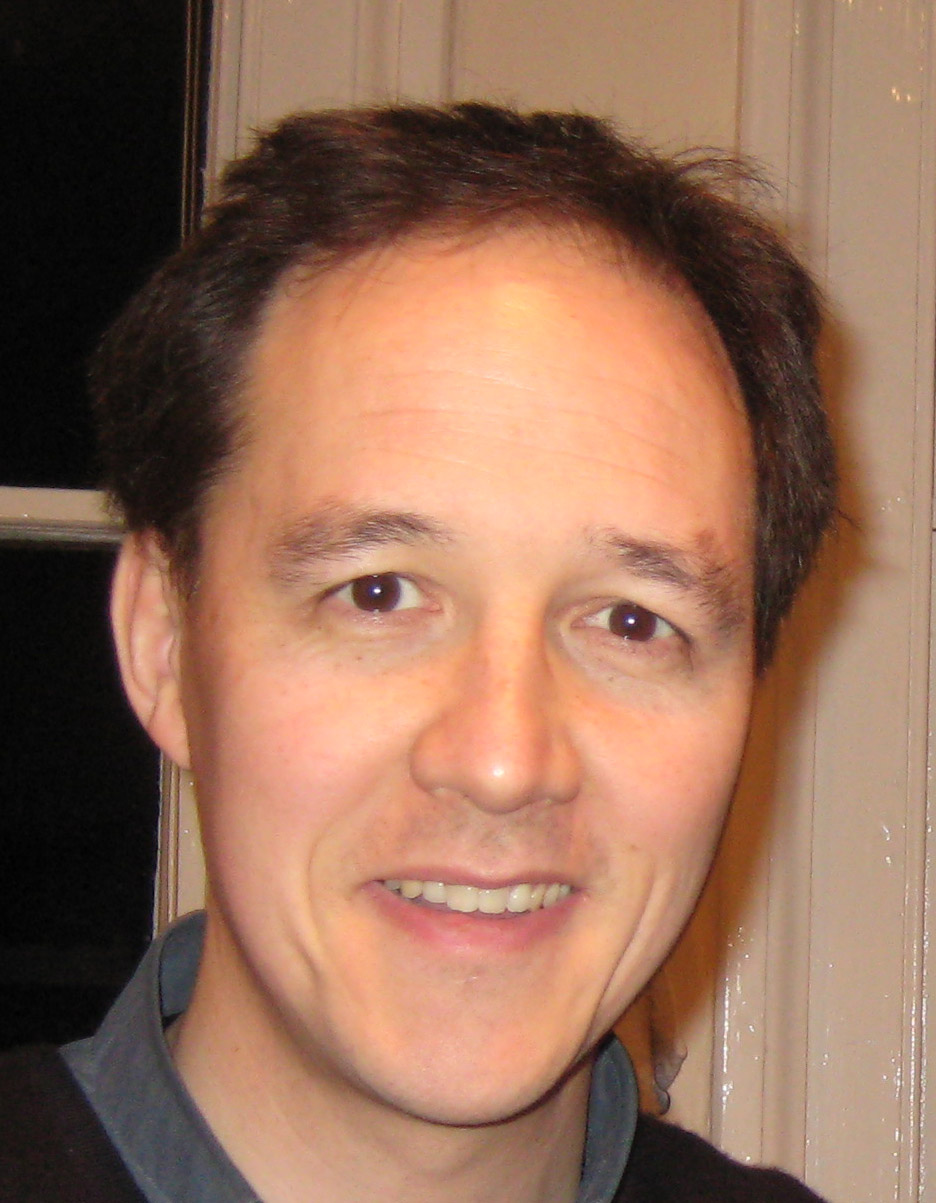Many Catholics think that the main step on the road towards priesthood is the decision to go to seminary. There is some truth in this: You think, you pray, you discern; you put in your application. If you are accepted, you take the plunge, and that involves leaving a job, moving home, starting a completely new life, and the challenge of telling friends and family that this is really happening.
But sometime around the middle of your seminary formation you take the formal step of becoming a ‘candidate’ for ordination. On Saturday evening here at Allen Hall four men celebrated their own candidacy. What’s it all about? How can you become a candidate for ordination when you are already a committed seminarian three or four years down the road to priesthood?
Here are one or two passages from the Apostolic Letter of Pope Paul VI which set it all up.
Since entrance into the clerical state is deferred until diaconate, there no longer exists the rite of first tonsure, by which a layman used to become a cleric. But a new rite is introduced, by which one who aspires to the diaconate or priesthood publicly manifests his will to offer himself to God and the Church, so that he may exercise a sacred order. The Church, accepting this offering, selects and calls him to prepare himself to receive a sacred order, and in this way he is properly numbered among candidates for the diaconate or priesthood […]
1. (a) A rite of admission for candidates to the diaconate and to the priesthood is introduced. In order that this admission be properly made, the free petition of the aspirant made out and signed in his own hand, is required, as well as the written acceptance of the competent ecclesiastical superior, by which the selection by the church is brought about. Professed members of clerical congregations who seek the priesthood are not bound to this rite.
(b) The competent superior for this acceptance is the ordinary (the bishop and, in clerical institutes of perfection, the major superior). Those can be accepted who give signs of an authentic vocation and, endowed with good moral qualities and free from mental and physical defects, wish to dedicate their lives to the service of the Church for the glory of God and the good of souls. It is necessary that those who aspire to the transitional diaconate will have completed at least their twentieth year and have begun their course of theological studies.
(c) In virtue of the acceptance the candidate must care for his vocation in a special way and foster it. He also acquires the right to the necessary spiritual assistance by which he can develop his vocation and submit unconditionally to the will of God.
You can see what a special moment this is for each of the candidates, and for the Church. It’s not just a formality or an external recognition that they have ‘put the hours in’. It’s a way of offering oneself to God and to the Church, freely and publicly, and having the Church accept that offering. It’s a new commitment, not just to enter more wholeheartedly into the process of discernment, but to actively foster the priestly vocation. There is a psychological and spiritual shift. From this moment onwards, the assumption is that this man has been called by the Lord to priesthood, and in fact the ceremony itself acts as a public call by the Church.
Candidacy would have the same significance, more or less, as a couple getting engaged. They move from wondering and questioning to committing and planning. It doesn’t mean the wedding or ordination is inevitable, and it’s important that each person still feels completely free – but you’d need a major rethink to call it off.
It was a great evening for everyone involved!















